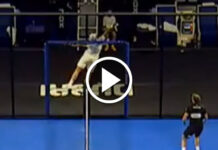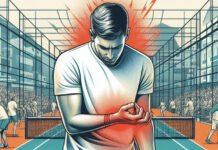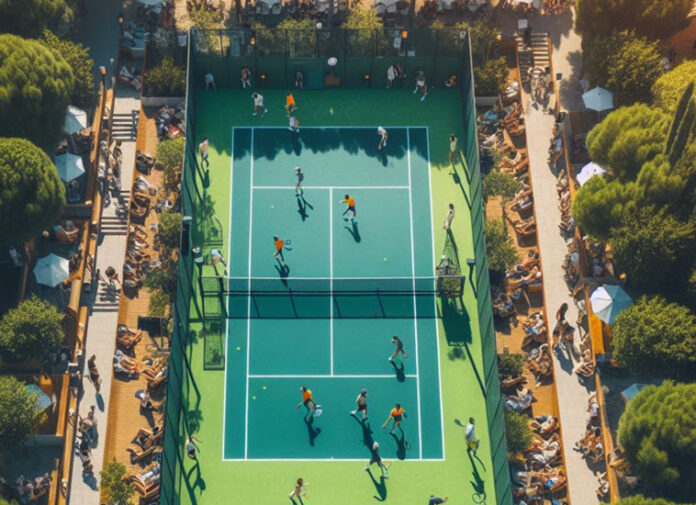Racquet sports have a rich history and a global following. Tennis, squash, and padel are three popular racquet sports, but they each have distinct characteristics that set them apart.
Similar Sports, Distinct Origins
- Tennis: Tennis traces its roots back to medieval France, where it was known as “jeu de paume” and played primarily by monks as a handball game. Over time, it evolved to using racquets in the 16th century, becoming a favorite of European royalty. The modern game of lawn tennis took shape in late 19th-century England, complete with standardized rules and global tournaments.
- Squash: Squash originated in the early 19th century at Harrow School in England. Students adapted older games of handball and raquets by playing with a punctured ball against school walls. This new version required a softer ball, which could be used in enclosed areas, leading to the development of the modern squash court and its distinct gameplay.
- Padel: Padel is the youngest of the three sports, invented in 1969 by Mexican Enrique Corcuera. It combines elements of tennis and squash. The game was designed to be played in enclosed spaces with walls, using solid paddles instead of rackets. Padel quickly gained popularity in Spain and later spread to Europe and the Americas due to its social aspect and accessibility.
Racquets vs Paddles
- Equipment:
- In tennis and squash, players use strung racquets. These racquets are larger but lighter. Tennis racquets have specific dimensions, with a maximum length of 73.7cm and a hitting surface not exceeding 39.4cm in length. They are made of materials like carbon fiber, boron, or Kevlar.
- In padel, players use solid paddles with small holes on the surface. Padel paddles are smaller than tennis racquets and have a different construction. They are designed for forceful swings and accurate serving.
- Court Size:
- A standard tennis court measures 23.77 meters in length and 8.23 meters in width for singles play (10.97 meters wide for doubles play).
- Padel courts are substantially smaller, resembling squash courts. They have glass walls on the back and partway up the sides, allowing players to take balls off the back wall as in squash12.
In summary, while these sports share some common elements, their origins, equipment, and court sizes make them distinct. Whether you prefer the elegance of tennis, the intensity of squash, or the social atmosphere of padel, there’s a racquet sport for everyone!


































